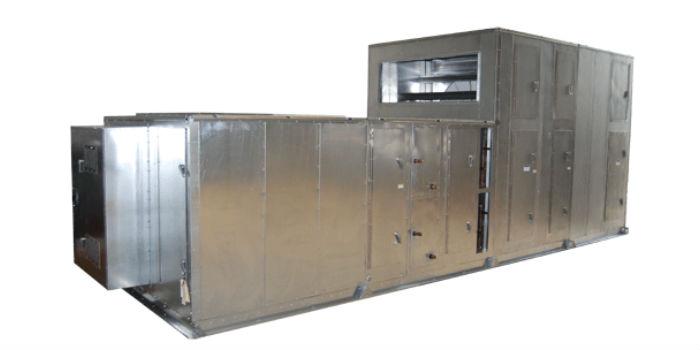 There are several considerations necessary to obtain a correct selection of diameters that provides positive results in operational efficiency.
There are several considerations necessary to obtain a correct selection of diameters that provides positive results in operational efficiency.
by Alfredo Sotolongo*
The most economical energy to produce is the one that is saved!
Another ASHRAE fair, this time being held in Las Vegas. I hope you have all made the most of the technical aspect and have enjoyed the entertainment offered by this fascinating city, especially in the world-renowned hotels with musical works where performers of international projection are presented.
The ASHRAE fair showcases equipment manufacturers specializing in energy conservation, and the vast majority of technical talks focus on designs from the point of view of maximizing operational efficiency.
I think, like everything in life, many achievements are obtained with several small efforts added together. Therefore, in this article I want to refer to a topic that is sometimes given little importance and yet its correct selection contributes to reduce the initial cost, minimize energy consumption and maximize the useful life of compressors.
I refer to the design of the diameter of the suction and liquid refrigerant lines in DX direct expansion systems, between the air handling unit and the condensing unit. Publications from institutions such as ASHRAE and ASME explain in great detail the design and standards to be followed in the selection of diameters.
The company AAON, in its selection program, suggests the diameters to be used depending on the capacities and distances between these equipment. It recommends that it be confirmed with the ASHRAE and ASME publications before proceeding to its application. Among the benefits of a good design, in addition to energy savings by minimizing pressure drop, are the control of liquid refrigerant and oil in the lines. This represents the protection of the compressor to optimize its service life.
The first thing to consider is the following:
a) If the air handling unit with the evaporator is higher or lower than the condensing unit.
b) Total length of the lines taking into account the equivalent lengths of the number of elbows and accessories, for a maximum equivalent length of 160'. It is important that the elbows are of the long radius type.
c) The maximum of the vertical equivalent length must not be more than 70'.
(d) Types of applications:
1) Cooling only.
2) Cooling with reheating by modulating hot gas.
3) Number of circuits - one, two or four.
4) Heat pump with or without hot gas overheating.
With regard to the location of the components it is suggested to maintain the following fluid velocities:
a) Downward suction line - Air handling unit higher than condensing unit. Between 1,000 and 4,000 feet per minute.
b) Up suction line - Air handling unit lower than condensing unit. Less than 4,000 feet per minute.
1) Compressor with start-up of two positions, operating or not operating. Greater than 1,000 feet per minute.
2) Digital compressor. Greater than 2,000 feet per minute.
Notes: For any other type of compressor combination, please confirm with the manufacturer.
a) The thermal insulation suggested for cooling, 1" wall thickness.
b) For the return of the oil, it is suggested to locate traps, type elbows, for every 10' of vertical length.
c) Liquid line. Less than 300 feet per minute.
Below is a table representing the R-410A refrigerant charge in pounds per 100' of liquid line travel when the liquid temperature is 100F:
| Diameter (DO) | Pounds of R-410A |
| 3/8" | 3.2 |
| 1/2" | 6.2 |
| 5/8" | 10.0 |
| 3/4" | 14.5 |
| 7/8" | 20.1 |
| 1 1/8" | 34.3 |
Logically, depending on the complexity of the installation, additional concepts must be taken into consideration to achieve the ideal balance between the low initial cost, minimize electricity consumption and extend the life of the compressors.
If you need more information on any of the topics covered in this column, please contact me at the mail: [email protected]
* President of Protec, Inc., is certified as a professional engineer in Puerto Rico and the state of Florida; has more than 40 years of experience in the application and sale of systems and equipment for energy conservation. He is a member of ASME (American Society of Mechanical Engineers), AEE (Association of Energy Engineers), ASHRAE and was president of the Miami chapter of that association.














